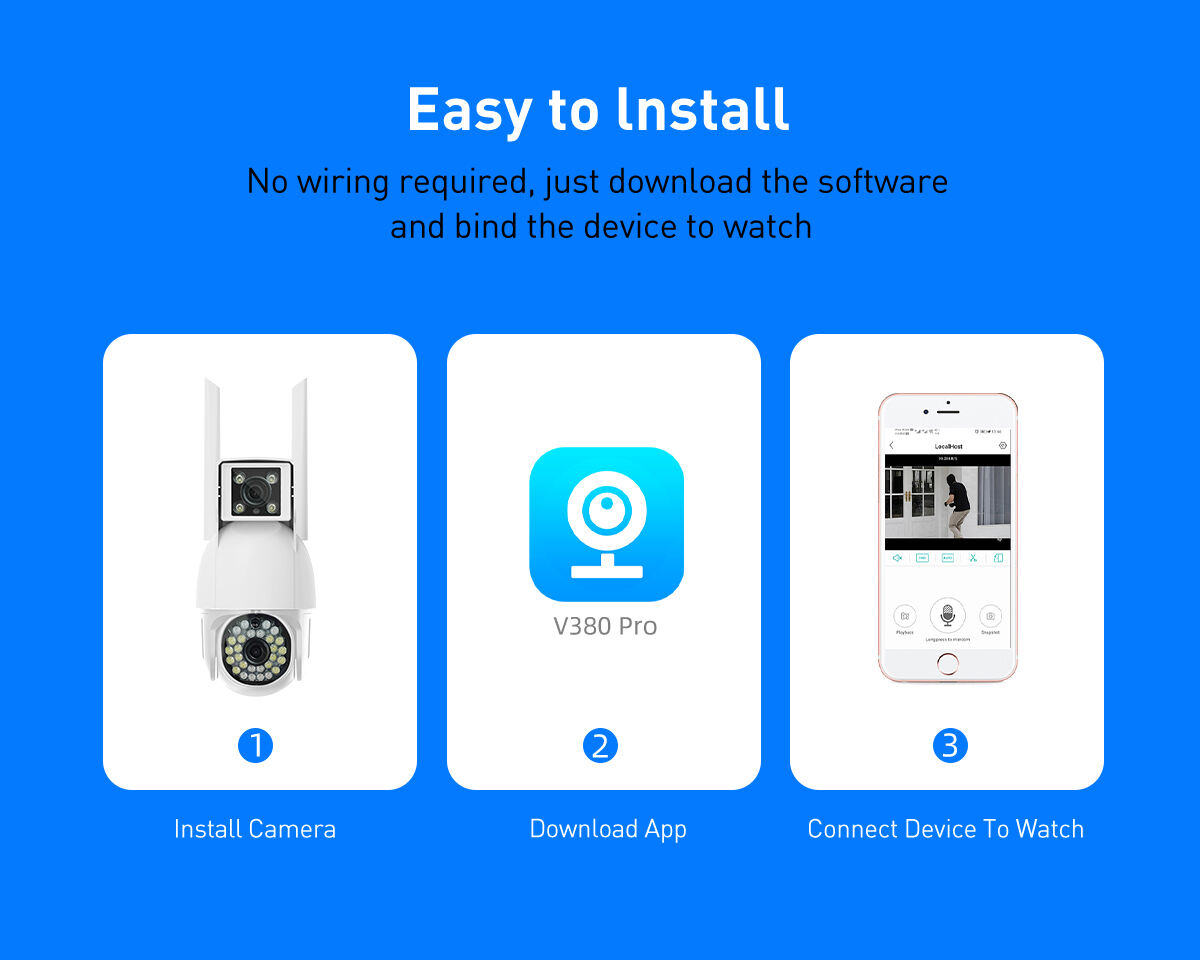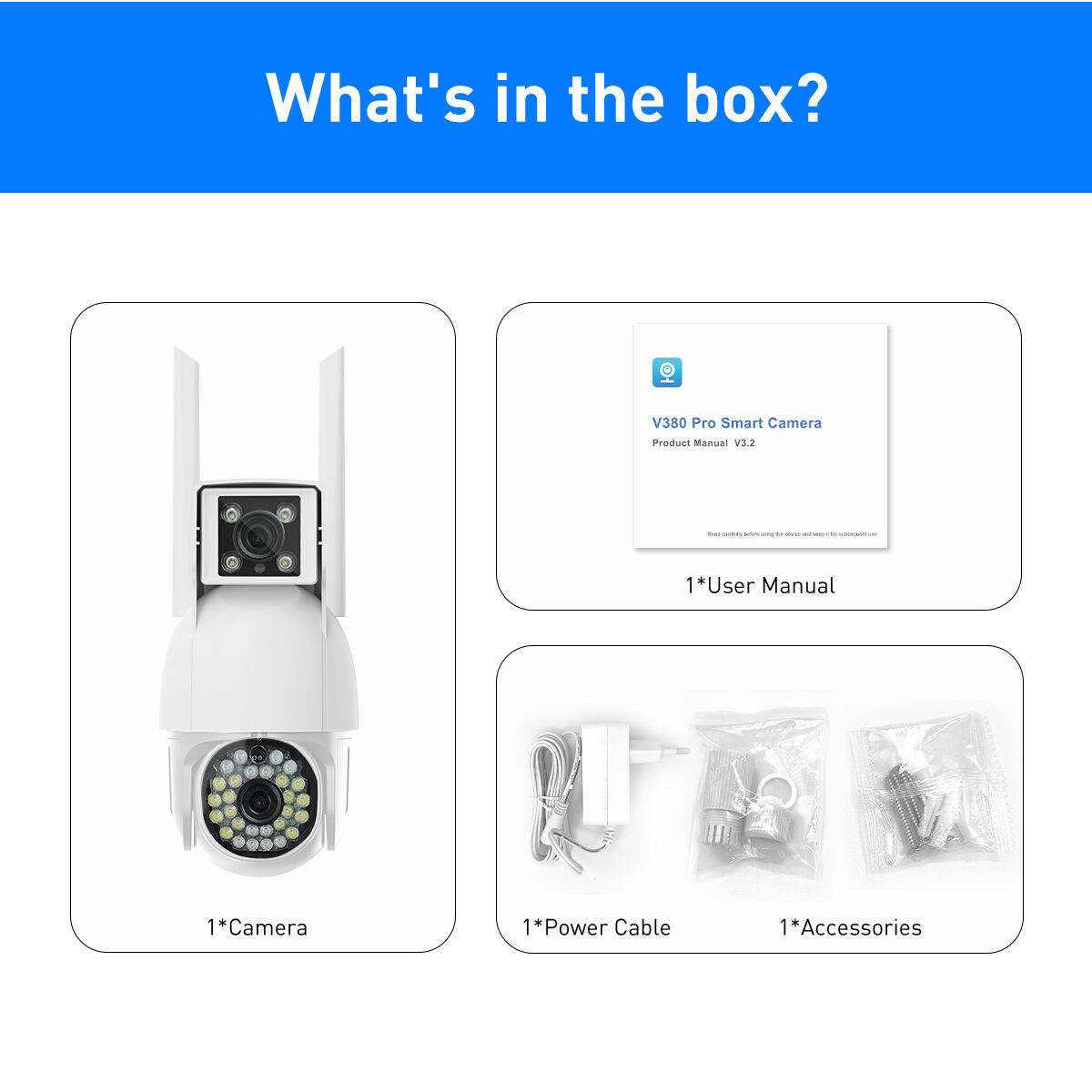dvb t2 dvb s2 dvb c
DVB-T2, DVB-S2, and DVB-C represent the latest digital video broadcasting standards for terrestrial, satellite, and cable transmission respectively. These technologies form the backbone of modern digital television distribution, offering superior signal quality and efficient spectrum utilization. DVB-T2 serves as the second generation terrestrial broadcasting system, providing robust transmission for fixed and mobile reception with improved performance in challenging network conditions. DVB-S2 focuses on satellite communications, delivering enhanced capacity and flexibility for broadcast and broadband services. DVB-C specializes in cable networks, ensuring reliable digital TV distribution through existing cable infrastructure. Together, these standards support various modulation schemes, advanced error correction, and multiple service options. They enable high-definition and ultra-high-definition content delivery, interactive services, and efficient bandwidth usage. The systems incorporate sophisticated forward error correction mechanisms, multiple input multiple output (MIMO) capabilities, and adaptive coding and modulation techniques to maintain signal quality across diverse reception conditions.


